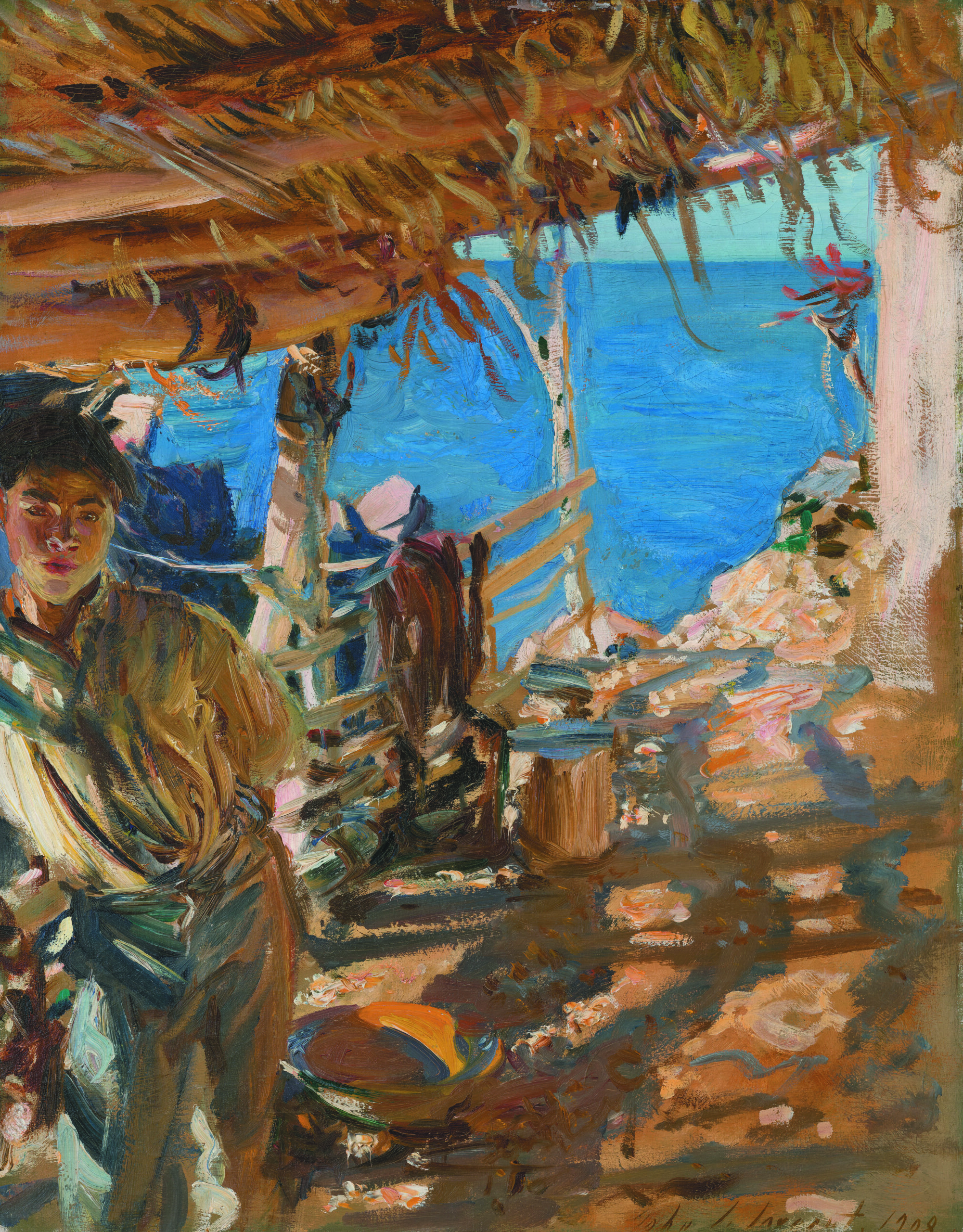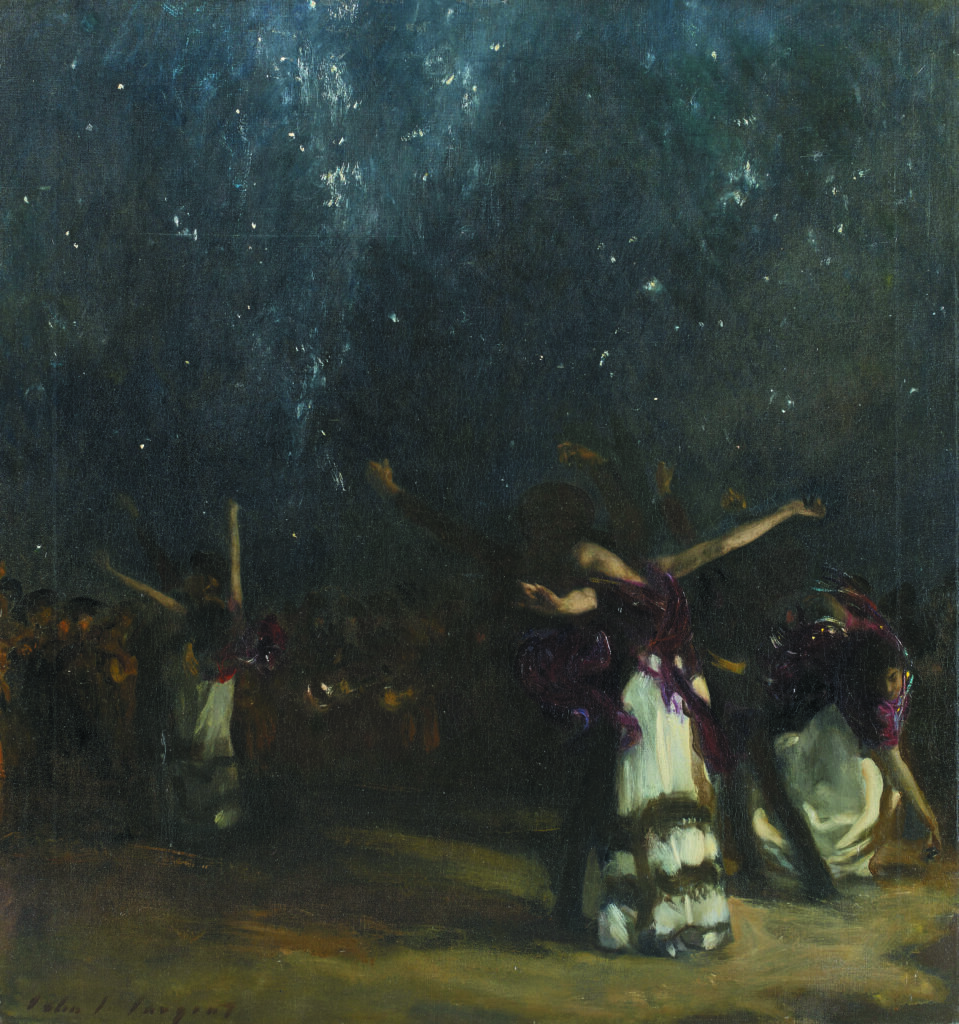
John Singer Sargent will forever be best remembered for his affecting and often majestic turn-of-the-century portraits of the highborn and well-heeled. But as lucrative as those commissions were, Sargent came to find the work tedious. Until he had made enough of a fortune to abandon portraiture almost entirely, he made periodic trips abroad from his studios in Paris and, later, London to satisfy his true artistic love: painting landscapes and scenes of daily life.
Though Sargent would travel to places as disparate as the Alps, Venice, and Florida, the country that drew him back time and again was Spain. He made seven trips there in his lifetime, and that land would be the subject of and an influence on many of his greatest works of art. Sargent and Spain, a survey of the artist’s Iberian paintings that originated at the National Gallery of Art in Washington, DC, is now on view at the Legion of Honor in San Francisco. The exhibition is a critically acclaimed tour de force.
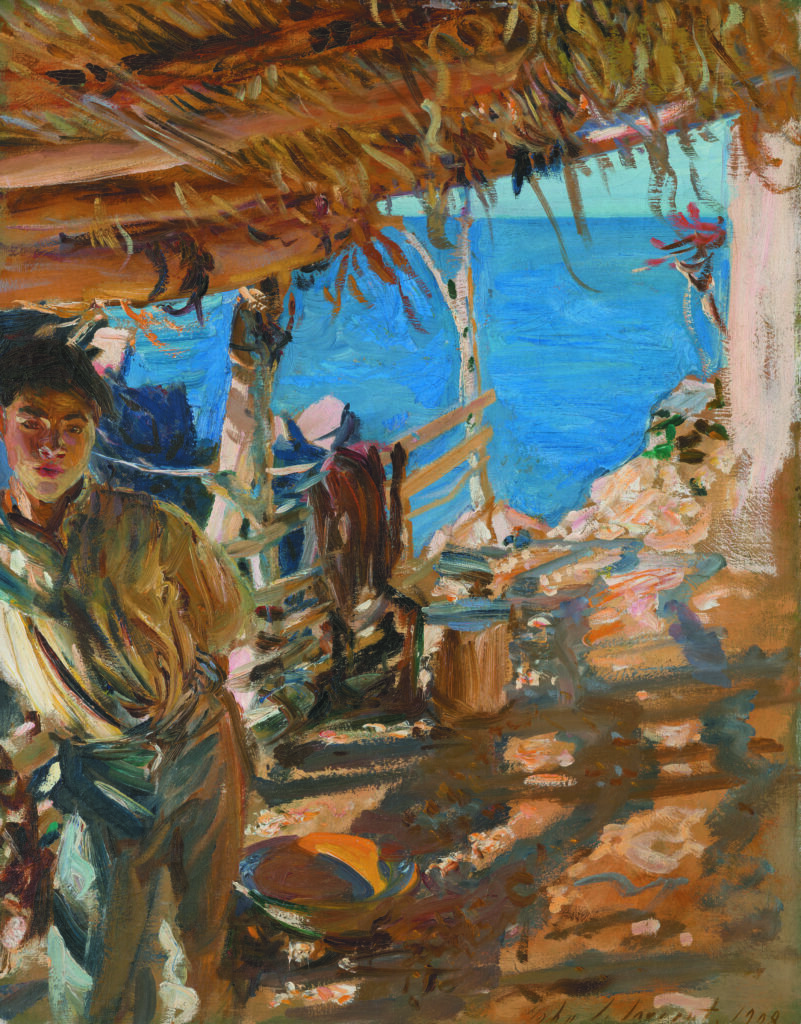
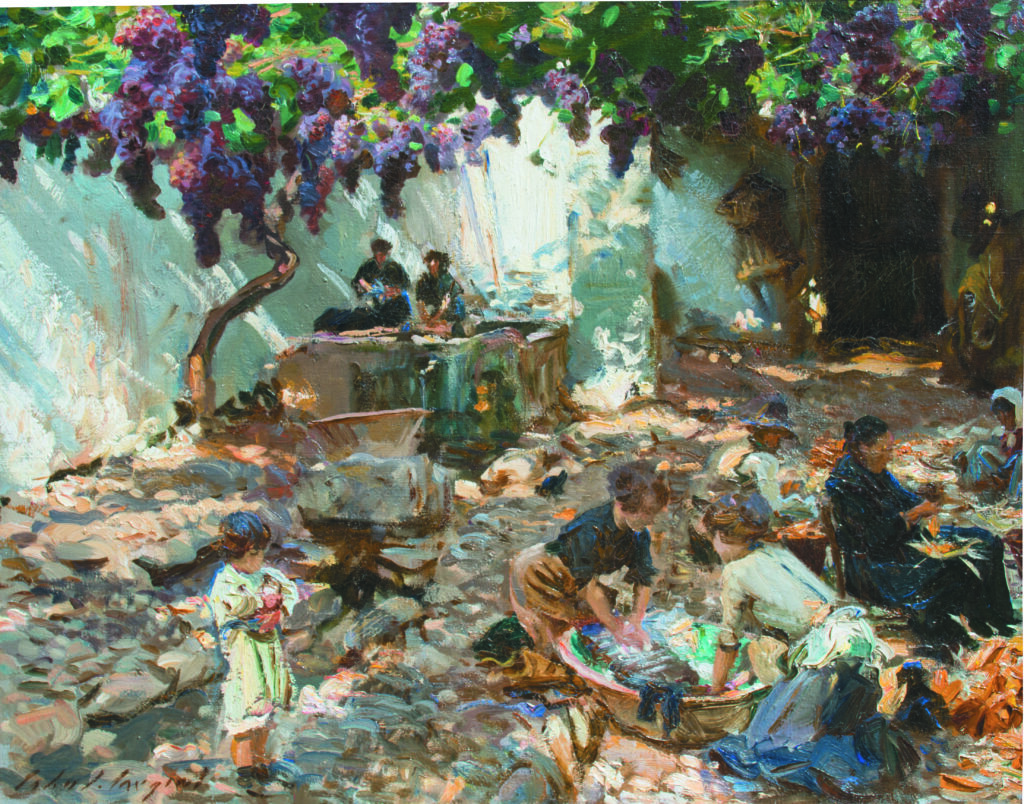
Sargent first visited Spain in 1879, soon after the completion of his artistic education in Paris. His teacher, Carolus-Duran, had urged him to study and learn from the work of Diego Velásquez above that of all other painters. Sargent dutifully headed to Madrid and the Museo del Prado. The exhibition begins with examples of the young Sargent’s copies of works by Velásquez, El Greco, and other Spanish Old Masters. Unfortunately, two of the finest Sargent paintings influenced by his first visit to Spain are not in San Francisco but in Boston. El Jaleo—an 1882 depiction of a flamenco performance—is installed at the Isabella Stewart Gardner Museum, while the wonderful group portrait The Daughters of Edward Darley Boit, Sargent’s 1882 homage to the Velásquez masterpiece Las Meninas, is in the collection of the Museum of Fine Arts, Boston. However, The Spanish Dance—a nocturnal scene of women dancing by the light of stars, or perhaps fireworks, that Sargent worked on between 1879 and 1882—is at the Legion of Honor, and is one of the most striking paintings in the show.
The paintings that emerged from Sargent’s trips to Spain in 1908 and afterwards—once he had the wherewithal to travel as much as he liked and to give up portraiture for the most part—are not so much scenic pieces as studies in the effects of light and dark: of the famously intense Spanish sunlight and the shadows it casts. Women at Work, a circa 1912 depiction of women washing clothes beneath a canopy of wisteria, is a beautifully composed rendering of dappled sunshine. The modern, fresh-air chiaroscuro of Majorcan Fisherman (1908), with its shadowed subject in the foreground and the intense blue sea in the distance, seems almost like a rebuke to the high-society portraits.
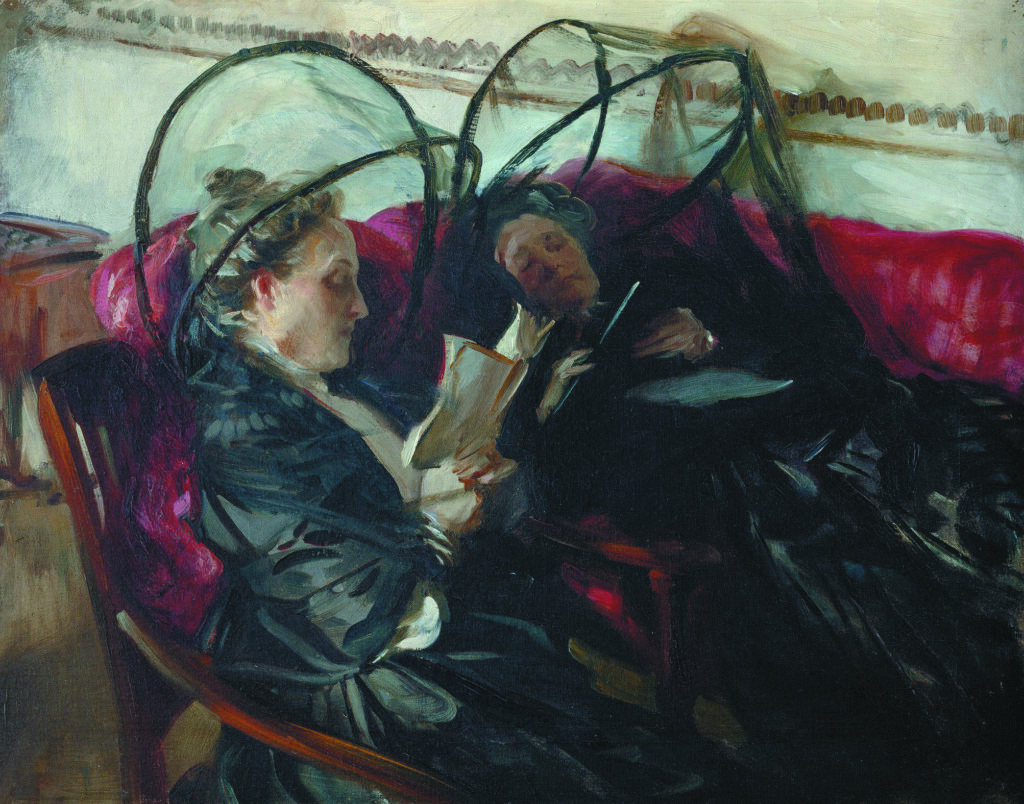
There is one outlier of a painting in the exhibition: Mosquito Nets, which shows Sargent’s sister, Emily, and family friend Eliza Wedgwood, who accompanied Sargent on his 1908 journey to Spain. The two women are reading, protected from insects by netting that is held aloft above their heads by hooped canopies. To modern eyes, they look like clients under hair dryers at a hair salon. The sitters are so relaxed and calm, so at ease beneath the artist’s gaze, that it suggests how close and how comfortable together the three of them are. It may be the most intimate painting that John Singer Sargent ever made.
Sargent and Spain • Legion of Honor, San Francisco • to May 14 • famsf.org

